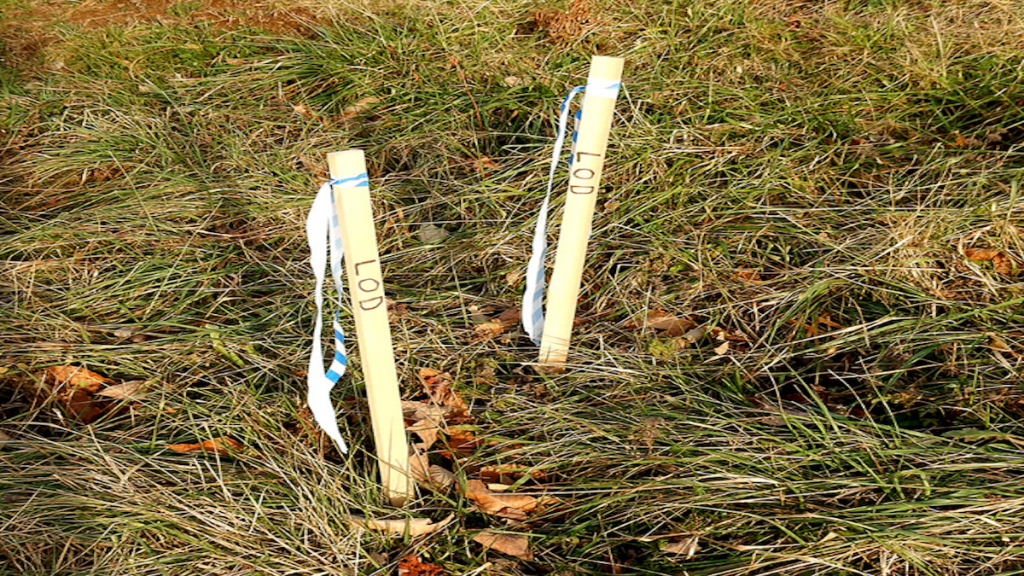White flag markers are a common sight in land surveying projects, marking various points of interest and boundaries on a site. These markers are crucial for clear communication and effective management of surveying projects. This article explores the purpose and meaning behind white flag markers, their uses in diverse projects, especially in areas like Salt Lake City, Utah, and the best practices for deploying these tools effectively.
Understanding White Flag Markers
The Basics of White Flag Markers
White flag are used extensively by surveyors to denote specific points that require attention or action:
- Purpose: These markers commonly indicate temporary survey points, potential areas for excavation, or boundary lines that are under consideration.
- Visibility: The stark white color of these markers ensures they stand out against the natural landscape, making them easily visible to surveyors, construction teams, and other stakeholders involved in the project.
The Significance of Flag Colors in Surveying
Why Color Matters
Color coding is an essential aspect of survey marking, with each color representing different types of information:
- White Flags: Typically used to mark proposed excavation areas or to signal general points of interest.
- Red Flags: Often indicate permanent survey markers or critical boundaries.
- Blue Flags: Used to denote the presence of water features or to mark areas related to water infrastructure.
For further information on the standardized use of color in surveying, interested readers can check out guidelines from the American Congress on Surveying and Mapping.
Applications of White Flag Markers
Use in Development and Construction Projects
In Salt Lake City and beyond, white flag play an essential role in:
- Pre-Construction Planning: They are used to outline areas where construction will soon take place, helping to prevent conflicts and guide development efforts.
- Utility Placement: White flags may also mark locations for future utility installations, aiding utility companies in planning and coordination.
Importance in Environmental and Land Management
White flag are vital in environmental conservation efforts and public land management:
- Resource Mapping: These flags are used to mark areas that require environmental studies or where conservation measures are in place.
- Public Works: In public parks and recreational areas, white flags can indicate zones under maintenance or areas designated for future enhancements.
Best Practices for Using White Flag Markers
Effective Deployment Strategies
Proper usage of white flag markers is crucial for their effectiveness:
- Strategic Placement: Flags should be placed where they can be seen easily and at intervals that clearly communicate the intended message or boundary.
- Maintenance Checks: Regular inspections are necessary to ensure flags remain visible and in the correct locations, especially in active construction areas where they might be moved or obscured.
Conclusion
White flag markers, while simple, are indispensable tools in land surveying and urban planning. They provide clear, visible cues that help manage complex projects and ensure all parties are aware of key locations and planned activities. For professionals in the field, understanding and utilizing these markers correctly is crucial for the success of any land management or development project.
For those looking to explore more about the tools and techniques in professional surveying, Cook Surveying offers comprehensive resources and expertise.



